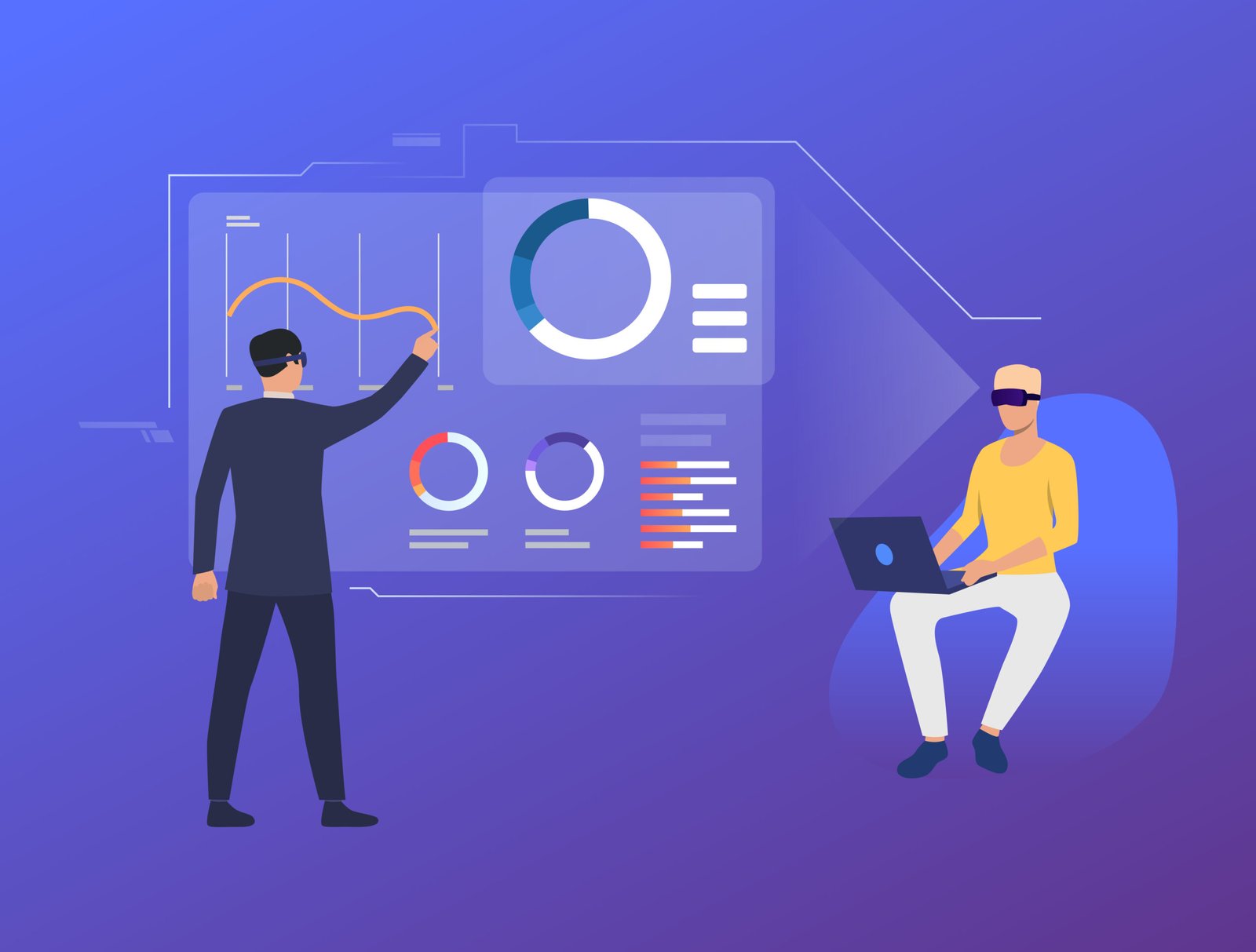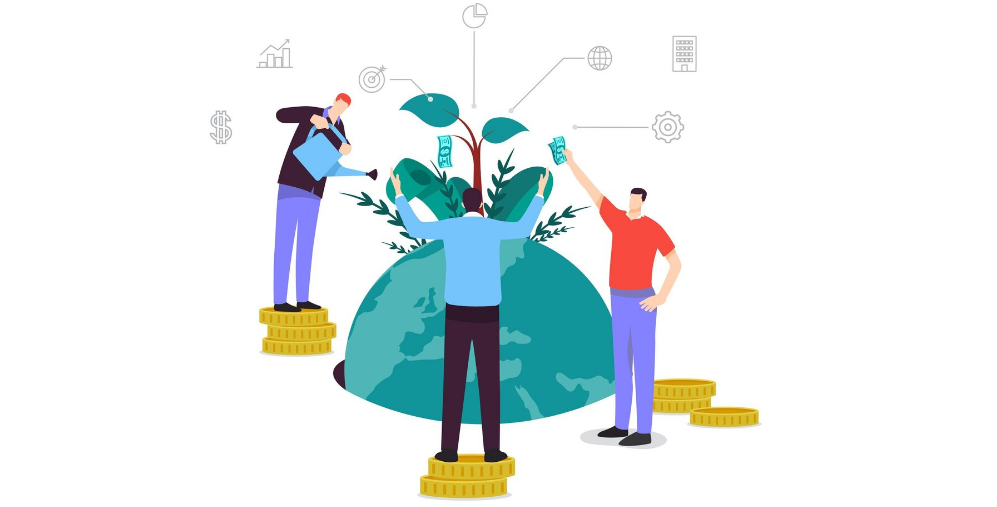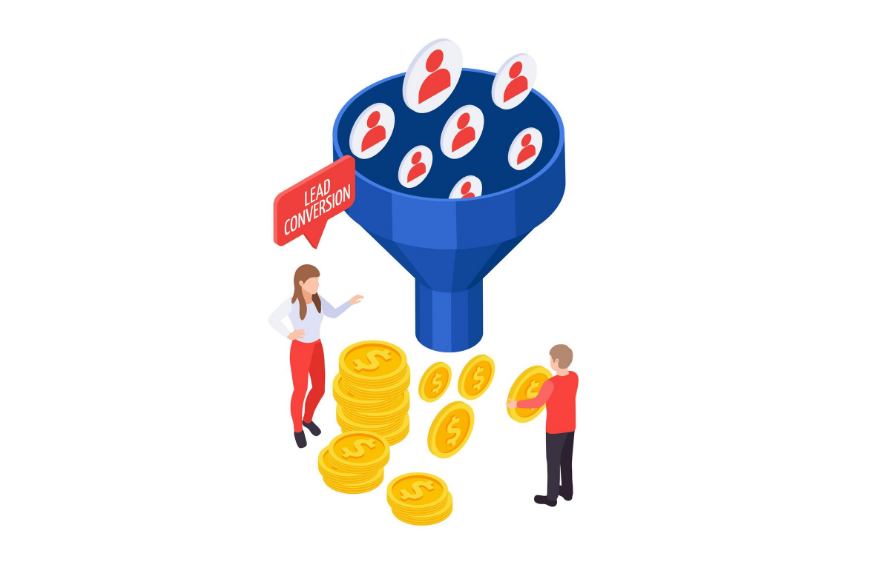In the fast-evolving world of B2B marketing, personalization is no longer optional. Buyers expect relevant experiences tailored to their specific needs. That’s where First-Party Intent Data becomes a game-changer. When used strategically, it helps marketers understand what prospects want, when they want it, and how best to deliver it.
In this article, we’ll explore what First-Party Intent Data is, why it matters in B2B, and how to use it effectively to build hyper-personalized campaigns that convert.
What Is First-Party Intent Data?
First-Party Intent Data refers to behavioral data collected directly from your owned digital properties—such as your website, email campaigns, chatbots, and product interfaces. It reflects how users interact with your content, showing strong signals of interest and intent.
This data may include:
- Pages viewed on your website
- Forms filled
- Content downloads
- Product page visits
- Email opens and link clicks
- Chat interactions
Unlike third-party data, which comes from external providers, first-party data is exclusive to your brand. This makes it more accurate, reliable, and privacy-compliant—especially in the post-cookie era.
Why First-Party Intent Data Matters in B2B
In B2B, the sales cycle is long and complex. Multiple decision-makers are involved, and buyers do a lot of research before engaging with sales. Understanding where each prospect is in the journey is critical.
Here’s why First-Party Intent Data is so powerful:
1. Real Buyer Signals
While demographic data tells you who someone is, intent data tells you what they want. That’s much more actionable.
2. Timely Engagement
If someone visits a pricing page or downloads a case study, that’s a strong buying signal. First-party intent data lets you reach out at the perfect moment.
3. Precision Targeting
Personalizing based on real-time behavior helps you move away from generic messaging. That leads to higher engagement and conversion rates.
4. Better Lead Scoring
Not all leads are equal. Adding behavioral signals to your lead scoring model improves accuracy and sales efficiency.
5. Data Privacy Compliance
Because you collect this data directly, it complies with GDPR, CCPA, and other data privacy laws—unlike third-party cookie tracking.
Key Sources of First-Party Intent Data
Let’s break down the top places you can gather this data from:
Website Behavior
Track which blog posts, product pages, or pricing pages a visitor views. Time on page, scroll depth, and return visits all offer insights.
Email Engagement
Monitor who opens your emails, clicks your links, and responds to CTAs. This shows which content topics matter to each recipient.
Chatbots & Live Chat
Conversations with bots or live agents often reveal direct buyer intent. Use this data to personalize follow-ups.
Lead Forms & Gated Content
What someone downloads says a lot about where they are in the funnel. Someone downloading an eBook is different from someone requesting a demo.
CRM Activity
Track interactions with sales, such as meeting requests, replies, and demo attendance.

How to Use First-Party Intent Data for B2B Personalization
Now that you’re collecting the data, how do you actually use it to personalize your marketing and sales efforts?
Let’s break it down into practical steps.
1. Segment Your Audience Based on Behavior
Start by identifying key behavior patterns. For example:
- Visitors who return to the same product page multiple times
- Users who download industry-specific content
- Prospects engaging heavily with email sequences
Use these insights to create behavioral segments such as:
- High-intent buyers
- Early-stage researchers
- Industry-specific audiences
Then create messaging tailored to each segment’s needs and funnel stage.
2. Personalize Website Content in Real Time
With dynamic website personalization tools, you can change what a visitor sees based on their behavior.
Examples:
- Show case studies related to the industry they’ve browsed
- Offer a demo if they’ve visited the pricing page more than once
- Surface relevant blog posts based on past views
This keeps content aligned with what matters most to each user—improving time on site and reducing bounce rates.
3. Trigger Automated Email Workflows
First-Party Intent Data makes email automation much smarter.
For example:
- If someone downloads a product brochure, send a follow-up email with a demo invite
- If they visit a comparison page, email a customer testimonial
- If they attend a webinar, share related use cases or success stories
These timely, relevant emails drive better open and click rates than batch-and-blast newsletters.
4. Align Sales Outreach with Buyer Signals
Sales teams love warm leads. First-party intent insights can help them reach out with precision.
For example:
- A prospect just viewed your “Enterprise Pricing” page? That’s your cue to call.
- They downloaded a whitepaper on “Scaling SaaS Teams”? Send them a relevant case study before your meeting.
Equip your sales reps with detailed activity history so they can personalize conversations and boost close rates.
5. Improve Ad Targeting & Retargeting
Use behavioral segments to fine-tune your ad campaigns.
For example:
- Retarget visitors who didn’t complete a lead form
- Create lookalike audiences based on high-intent users
- Show different ad creatives to different segments (early-stage vs decision-ready)
This ensures you spend ad dollars only on the most valuable audiences.
6. Feed Data Into Lead Scoring Models
Most B2B marketers use lead scoring to prioritize outreach. First-party intent signals make that scoring smarter.
Assign points to actions like:
- Downloading a high-value resource (10 points)
- Visiting the pricing page (15 points)
- Attending a webinar (20 points)
When combined with firmographic data (job title, company size), this produces a more accurate lead score.
7. Measure and Optimize Continuously
Don’t treat personalization as a one-and-done effort. Test your segments, content, and automation flows regularly.
Track performance metrics like:
- Email open and click rates
- Conversion rates by segment
- Website engagement metrics
- Sales response rates
Use these insights to refine your campaigns and data strategy over time.
Real-World Use Cases
Let’s look at a few examples of B2B brands using First-Party Intent Data effectively.
Example 1: SaaS Company Boosts Demo Requests
A SaaS company tracks product page visits and downloads. If a visitor returns twice and reads a case study, they’re automatically added to a retargeting list and receive a personalized email inviting them to book a demo. Demo requests increase by 35%.
Example 2: B2B Agency Personalizes Web Content
A marketing agency uses behavior-based content personalization on its blog. Visitors from the finance industry see industry-specific use cases. Time on site jumps by 50%.
Example 3: Enterprise Tech Brand Improves Lead Scoring
An enterprise tech firm adds intent signals to its scoring system. Leads that score over 70 get routed to sales with a full behavior summary. Sales follow-up becomes 2x faster, and qualified leads rise by 40%.
Tips for Getting Started
If you’re just beginning to tap into First-Party Intent Data, here are some quick-start tips:
- Install a behavior analytics tool (like Hotjar, Google Analytics, or Leadfeeder)
- Sync your CRM, email, and website platforms
- Start with one or two automation workflows—don’t try to personalize everything at once
- Communicate with your sales team—intent data is most valuable when shared
Final Thoughts
In the future of B2B marketing, First-Party Intent Data isn’t just a nice-to-have—it’s essential. It helps you understand what your prospects care about, deliver the right message at the right time, and stand out in a crowded market.
Personalization powered by real intent data doesn’t just improve engagement—it builds trust, shortens the sales cycle, and drives growth.
Start small, track your results, and evolve your approach. The sooner you start leveraging first-party intent data, the faster you’ll see results.






Leave a Reply